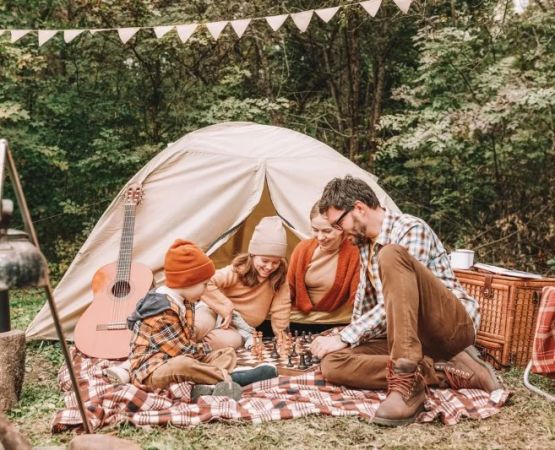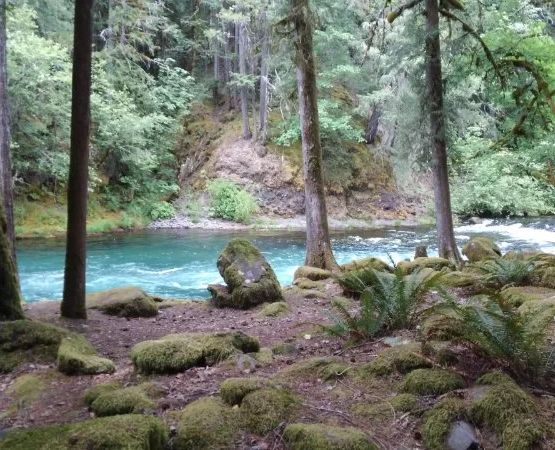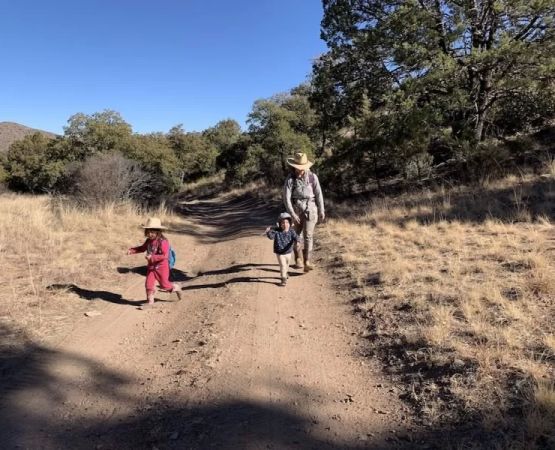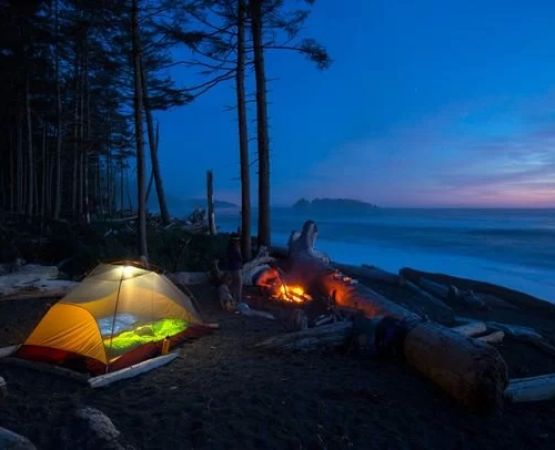- Understanding Sprains and Strains
- Common Causes of Sprains and Strains While Camping
- How to Treat Minor Sprains and Strains
- Prevention Tips for Camping Injuries
- When to Seek Medical Attention
Understanding Sprains and Strains
When you're out camping, whether it's hiking through a rugged trail or navigating rocky terrain, injuries such as sprains and strains can happen unexpectedly. While these injuries are typically minor, they can cause discomfort and hinder your ability to enjoy your outdoor adventure. It’s important to know the difference between a sprain and a strain:
- Sprain: This is an injury to a ligament, the tissue that connects bones to other bones. Sprains usually occur when a joint is twisted or turned beyond its normal range of motion, leading to stretching or tearing of the ligament.
- Strain: A strain is an injury to a muscle or tendon, which connects muscles to bones. Strains typically happen when a muscle is overstretched or torn during physical activity.
Both injuries can cause swelling, pain, bruising, and limited mobility, but they are usually treatable with the right steps and care.
Common Causes of Sprains and Strains While Camping
Sprains and strains are common in camping situations because of the nature of outdoor activities. Some of the leading causes include:
1. Uneven Terrain
Whether you're walking along a trail, climbing over rocks, or traversing through dense woods, uneven surfaces are a major cause of sprains and strains. A misstep on a rock or a hidden tree root can cause a quick twist of your ankle, leading to a sprain.
2. Overexertion
Trying to push yourself too hard while hiking or setting up camp can lead to overuse injuries. Straining your muscles through excessive lifting or carrying heavy loads can cause muscle strains.
3. Sudden Movements
When you quickly change direction or make an unexpected jump (perhaps while avoiding an obstacle), you can stress your muscles and ligaments, leading to injury. This is particularly common when running or engaging in strenuous physical activities.
4. Lack of Proper Footwear
Wearing improper shoes or boots that do not provide adequate support can increase the likelihood of foot and ankle injuries. Without proper arch support or ankle support, the risk of sprains is significantly higher.
How to Treat Minor Sprains and Strains
In the event of a minor sprain or strain while camping, immediate action is essential to reduce pain, swelling, and further damage. Here are the general steps to follow:
1. Rest
Rest is crucial for healing. Avoid putting weight on the injured area, and try to minimize movement. If it's your leg or ankle, elevate it above the level of your heart to reduce swelling.
2. Ice
Apply ice to the affected area to reduce swelling and numb the pain. Use a cloth or towel to wrap the ice pack to prevent frostbite, and apply it for 15-20 minutes every hour during the first 48 hours after the injury.
3. Compression
Use an elastic bandage to wrap the injured area, providing gentle compression. This helps control swelling and provides stability. Be careful not to wrap it too tightly, as this can cut off circulation.
4. Elevation
Elevate the injured area whenever possible. Keeping the area raised will reduce swelling and promote quicker healing.
5. Pain Relief
Over-the-counter pain relievers, such as ibuprofen or acetaminophen, can help alleviate pain and reduce inflammation. However, be sure to follow the dosage instructions and avoid overuse.
Prevention Tips for Camping Injuries
To avoid sprains and strains while camping, it's essential to take certain precautions:
1. Wear Proper Footwear
Invest in high-quality hiking boots or shoes with adequate ankle support and good grip. Proper footwear can reduce your risk of slipping and twisting an ankle.
2. Warm Up and Stretch
Before embarking on any physical activity, it’s important to warm up your muscles. Stretching and warming up help increase flexibility and reduce the risk of muscle strains.
3. Know Your Limits
Don’t overexert yourself, especially if you're hiking long distances or carrying heavy gear. Take breaks regularly and listen to your body. If you feel fatigued, it's okay to stop and rest.
4. Stay on Well-Defined Trails
To minimize the risk of injury, stay on clearly marked paths and avoid shortcuts through rough or uneven terrain. This can help you avoid sudden falls or twists.
5. Pack a First Aid Kit
A well-stocked first aid kit is essential when camping. Ensure your kit contains supplies like bandages, ice packs, pain relievers, and medical tape. It’s always better to be prepared than to risk an injury without the proper tools to treat it.
When to Seek Medical Attention
While most sprains and strains can be treated on your own, there are times when professional medical help is necessary:
1. Severe Swelling or Bruising
If you notice significant swelling, bruising, or difficulty moving the injured area, it may be an indication of a more severe injury. In these cases, seek medical attention immediately.
2. Inability to Bear Weight
If you cannot bear weight on the injured area, it’s important to see a healthcare provider. This could indicate a serious sprain, strain, or even a fracture.
3. Persistent Pain
If the pain doesn’t subside after a few days of rest and self-care, consult with a healthcare professional to rule out more serious injuries and get proper treatment.
By following these tips for treating and preventing sprains and strains, you can enjoy a safe and comfortable camping experience. If you're looking for the best camping gear or expert advice, visit Pine Cliff Resort for all your camping needs!






